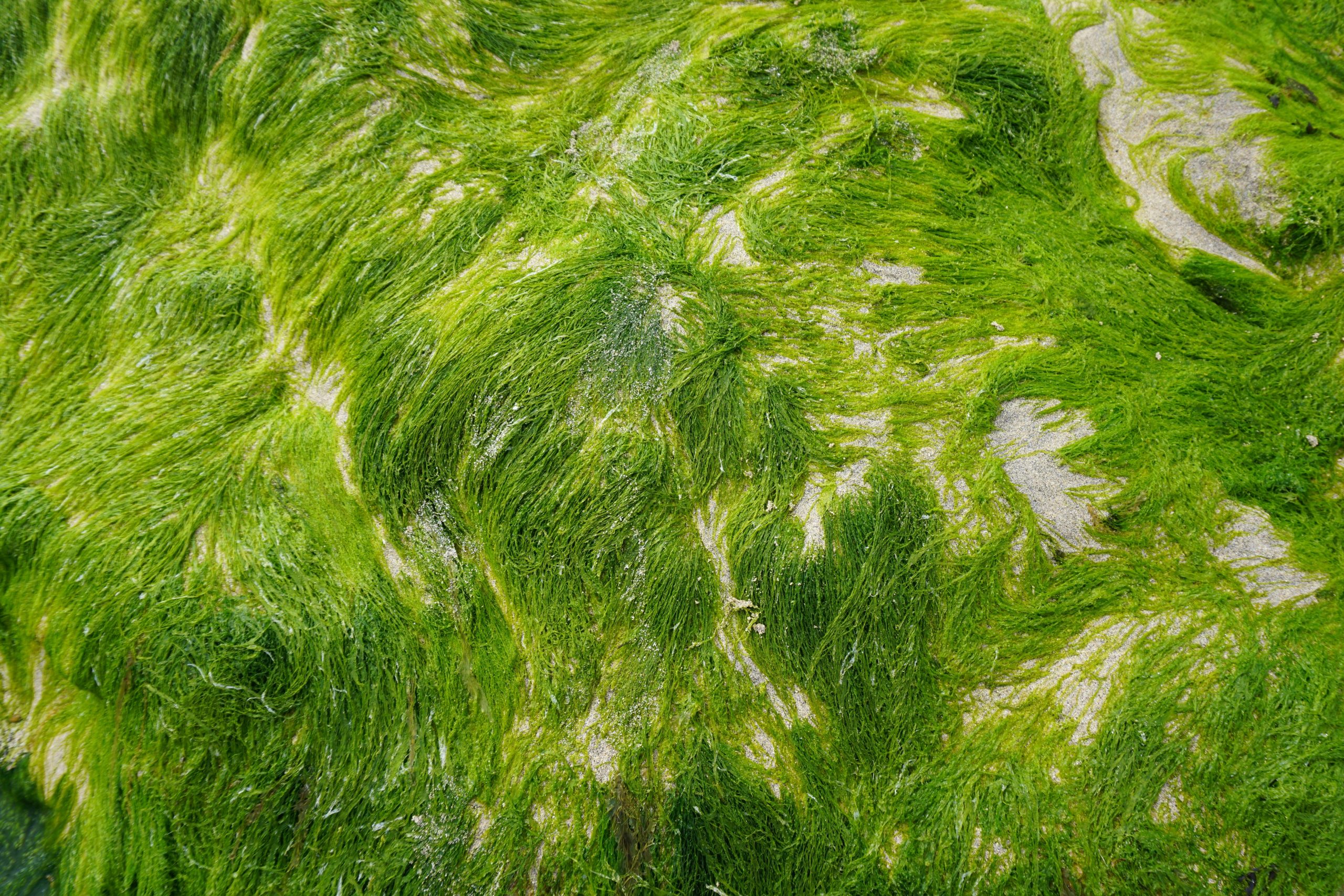Table of Contents
ToggleIntroduction:
For many people, the image of a pristine, white sand beach is what comes to mind when they think of a Caribbean or Florida vacation. However, over the past few years, a new reality has set in, as the region has been plagued by an invasive seaweed called Sargassum. The issue has become so significant that even CNN has covered it, as seen in their article “The Seaweed Invasion: What’s Behind It, And Can It Be Stopped?” In this comprehensive guide, we will explore the phenomenon of Sargassum, its impact on the Caribbean and Florida, and what can be done to mitigate its effects.
What is Sargassum?
Sargassum is a type of seaweed that is common in the Atlantic Ocean. It is typically found in the Sargasso Sea, an area bounded by four ocean currents: the Gulf Stream to the west, the North Atlantic Current to the north, the Canary Current to the east, and the North Equatorial Current to the south. Sargassum is unique in that it is a floating seaweed that forms large mats on the ocean’s surface. These mats can be miles wide and are home to a variety of marine life, including fish, sea turtles, and whales.
Why is Sargassum a Problem?
In recent years, Sargassum has begun to wash up on beaches throughout the Caribbean and Florida in unprecedented quantities. The seaweed is unsightly, smelly, and can create a nuisance for beachgoers. It also poses a threat to marine life, as it can trap sea turtles and other animals in its mass, preventing them from reaching the surface to breathe. Additionally, when Sargassum decomposes, it can release hydrogen sulfide gas, which can be harmful to humans.
The Cause of the Sargassum Invasion
While Sargassum has been present in the Caribbean and Florida for decades, the recent influx of the seaweed is believed to be the result of several factors. One of the primary factors is climate change, which has caused an increase in ocean temperatures and changes in ocean currents. This, in turn, has created ideal conditions for Sargassum to grow and proliferate.
Another factor is the increase in nutrient runoff from agriculture and other human activities. The excess nutrients in the water, such as nitrogen and phosphorus, act as fertilizer for Sargassum, causing it to grow at an accelerated rate. Additionally, some researchers have suggested that the Deepwater Horizon oil spill in 2010 may have contributed to the increase in Sargassum by altering the nutrient balance in the Gulf of Mexico.
The Impact of Sargassum on Tourism
The influx of Sargassum has had a significant impact on the tourism industry in the Caribbean and Florida. Beaches that were once pristine and popular tourist destinations are now covered in seaweed, deterring visitors and hurting local businesses. In some cases, hotels have had to close due to the overwhelming amount of Sargassum on their beaches.
However, the impact of Sargassum on tourism is not limited to the Caribbean and Florida. The seaweed has also been reported in other parts of the world, such as the coasts of West Africa and Brazil. As the problem continues to spread, it could have far-reaching consequences for the global tourism industry.
What Can be Done to Mitigate the Effects of Sargassum?
Several measures can be taken to mitigate the effects of Sargassum on the Caribbean and Florida. One approach is to remove the seaweed from beaches and other areas where it accumulates. This can be a challenging and expensive process, but it can help make beaches more attractive to tourists.
Another approach is to prevent the excess nutrients that fuel Sargassum growth from entering the ocean. This can be achieved through better management of agricultural runoff and wastewater treatment. Additionally, researchers are exploring the use of natural predators, such as sea urchins and certain types of fish, to control Sargassum growth.
Another potential solution is to repurpose Sargassum as a resource. The seaweed can be used as fertilizer, animal feed, and even in the production of biofuels. By repurposing Sargassum, it can be seen as a valuable resource instead of a nuisance.
Conclusion:
Sargassum has become a significant problem for the Caribbean and Florida, as well as other parts of the world. While the causes of the Sargassum invasion are complex, they are largely tied to human activities, such as climate change and nutrient runoff. The impact of Sargassum on tourism and marine life is significant, but there are measures that can be taken to mitigate its effects.
By removing Sargassum from beaches, preventing excess nutrients from entering the ocean, and repurposing the seaweed as a resource, we can work to reduce the impact of this invasive species. As we continue to confront the challenges posed by Sargassum and other environmental issues, it is crucial that we work together to find sustainable solutions that benefit both humans and the natural world.







